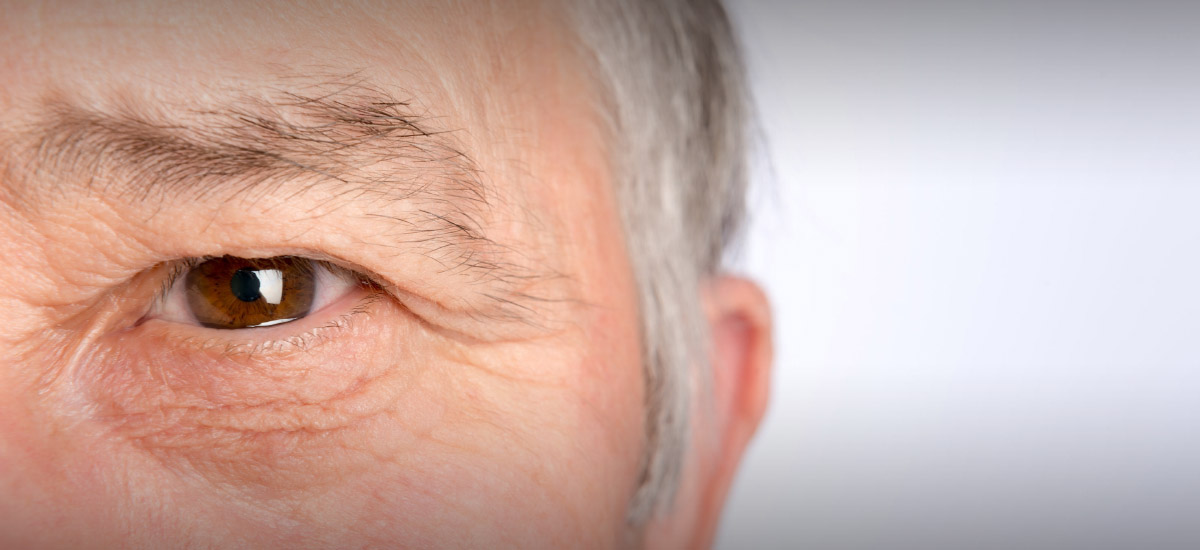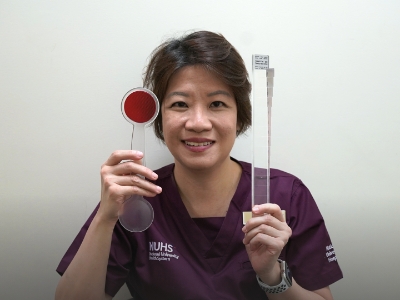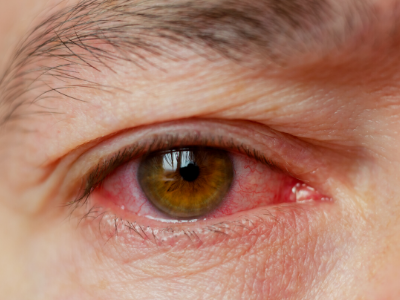Published on 30 October 2021
Diabetic retinopathy is the leading cause of blindness among diabetics. Here’s what you need to know about the symptoms, the importance of good sugar management and regular screening.
Diabetic retinopathy is a leading cause of vision loss in diabetics and can severely impair quality of life, impact independent living and increase caregiving needs.
Patients with poorly controlled diabetes can suffer from conditions related to their eyes, kidneys, nerves and heart, as well as have slow healing wounds.
Dr Tiong Yee Sian, Associate Consultant, Medicine (Endocrinology), Ng Teng Fong General Hospital (NTFGH), explained that this is why her team takes a multidisciplinary approach to the chronic disease, where diabetes is managed holistically with a team of doctors, nurses, dietitians, physiotherapists, ophthalmologists and podiatrists.
In addition to good sugar control, regular eye screening is also an important part of diabetes management. Studies have shown that consistent screening can reduce the risk of blindness from diabetes by 30% to 50%.
What does screening entail?
Screening involves tests to measure visual acuity and the pressure inside the eye, as well as an assessment of the retina at the back of the eye. The retina is assessed through direct examination or using photographs taken by a special camera through which the following might be detected:
Early diabetic retinopathy including mild bleeding spots or changes associated with the retinal blood vessels
Sight-threatening diabetic retinopathy including retinal swelling, significant bleeding or retinal detachment
Other important conditions in that might affect the retina or the optic nerve
This gives doctors a better idea of the condition of the eye and enables them to initiate prompt referrals for specialist care that might prevent or treat vision loss.
According to Dr Merwyn Chew, Consultant, Ophthalmology, NTFGH, “The best approach to the problem is to prevent the occurrence of retinopathy by having good control of blood sugar and other associated risk factors.”
However, treatment may be needed if the damage is extensive. Although this provides a better chance to preserve and restore vision, there are times when the damage is irreversible. Dr Chew explained that this may take the form of injections, lasers and surgery.
Anti-Angiogenesis Injection Therapy where a drug is injected into the eye to block the protein called vascular endothelial growth factor (VEGF) and is most commonly used to treat retina swelling. VEGF has also been implicated in the growth of abnormal blood vessels.
Pan retinal photocoagulation, where thousands of tiny laser burns are made in areas of the retina far from the optic nerve in order to cause abnormal blood vessels to shrink and stop bleeding.
Macular laser is a milder form of laser therapy directed to the sensitive macula area of the retina to treat swelling of the retina.
A vitrectomy is the surgical removal of the vitreous gel in the eye to access the back of the eye to clear significant bleeding, repair retinal detachments and remove scar tissue.
To prevent the need for such treatments, eye checks – which are part of a good diabetes management plan – are very important to keep tabs on eye health and ensure early intervention. Dr Chew added, “It has been recommended that people with diabetes get their eyes checked at least once a year for the early identification of any diabetic retinopathy.”
In consultation with Dr Tiong Yee Sian, Associate Consultant, Medicine (Endocrinology), NTFGH and Dr Merwyn Chew, Consultant, Ophthalmology, NTFGH.




